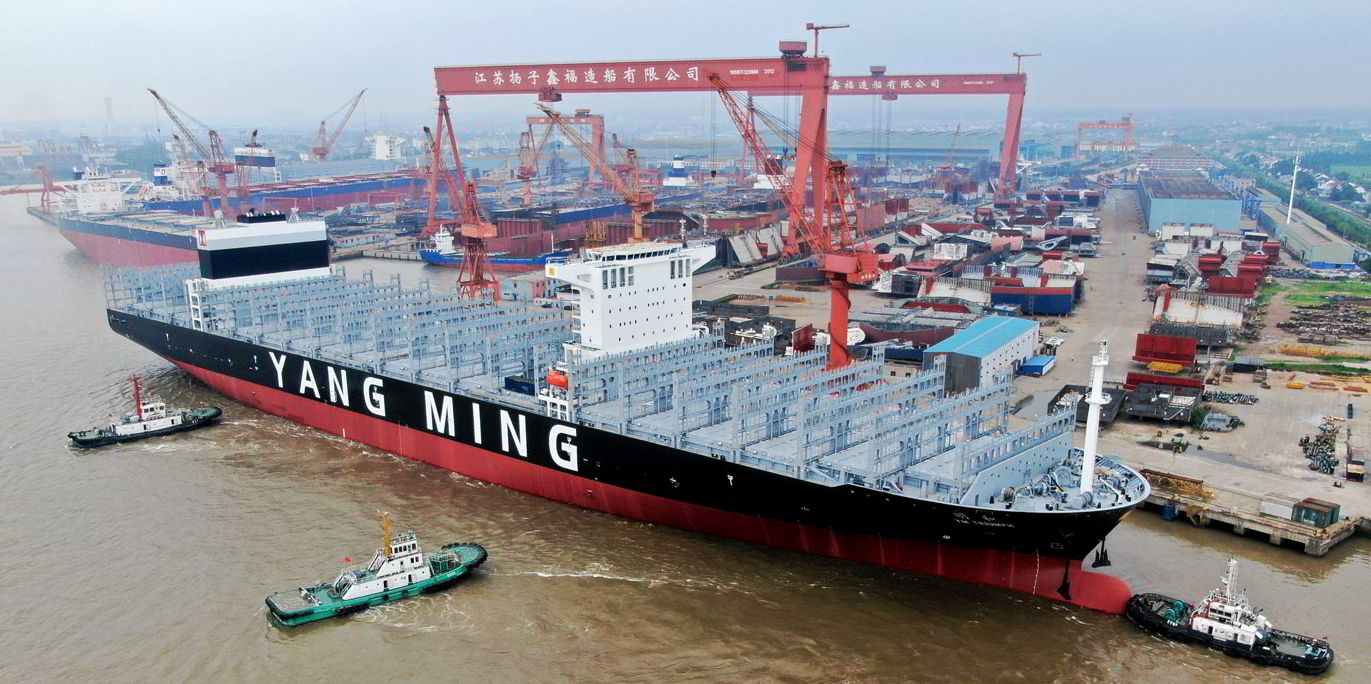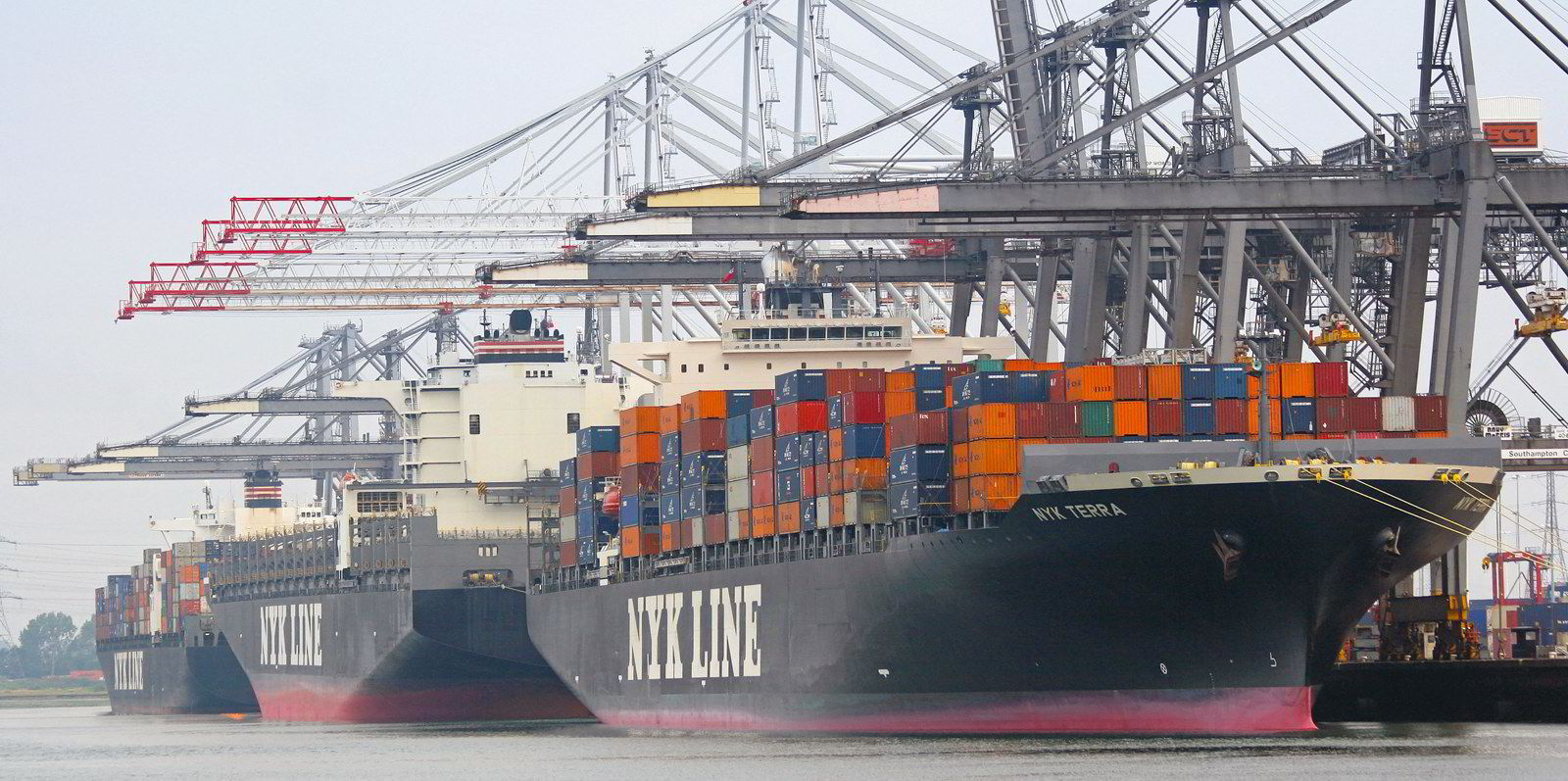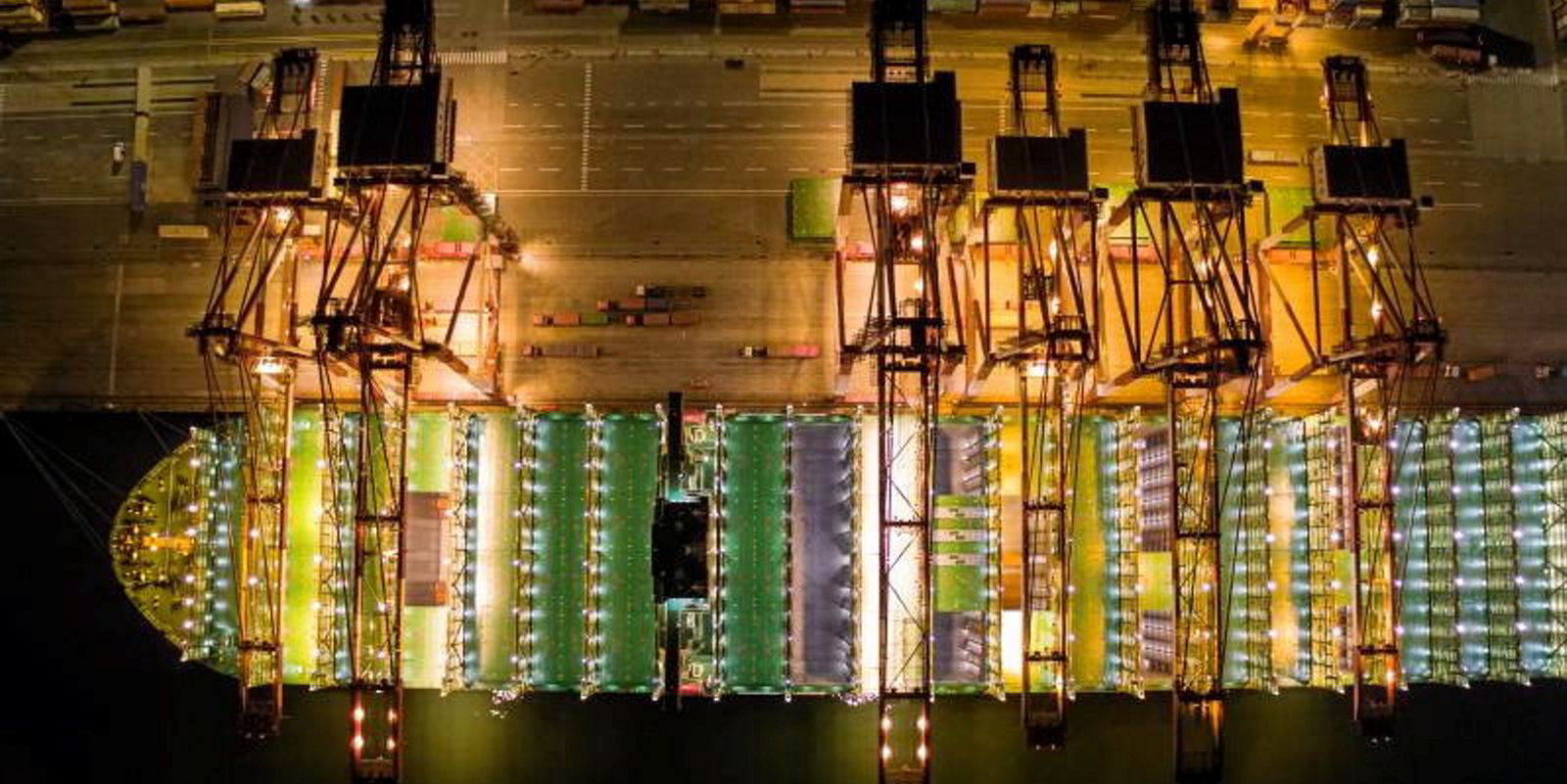Japan is the one major shipowning nation that has not seen a significant increase in spending on newbuildings by its shipowners, latest figures show.
The nation's shipowners have spent $7.4bn on new ships so far this year — $200m down on 2020, according to figures from Clarksons.
This is in stark contrast to countries such as France and Taiwan, where spending on new tonnage has increased by over 12-fold year on year.
In 2020, Taiwanese shipowners spent about $600m at shipyards. This year the figure is $7.6bn with still a month to go.
Similarly, French owners invested $200m at shipbuilders last year, while in 2021 the figure is more than $2.5bn.
Of course, France and Taiwan’s huge increase in spending has been driven by the massive container ship newbuilding spree, which had reached $39.2bn at the beginning of November. Think CMA CGM, Evergreen, Yang Ming and Wan Hai.
Driven in part by firm contracting volumes, increased newbuilding pricing and strong investment in larger vessels, this represents a larger total than any full year on record, according to Clarksons.
In the first 10 months of 2021, an estimated $93.9bn has been invested in 1,400 newbuildings, which on an annualised basis represents a 126% year-on-year increase in terms of US dollar contract value.
This is the highest annual amount in the past five years. Spending on newbuildings between 2017 and 2021 has topped $370bn.
Clarksons said this rise has been driven by firm contracting activity and a rapid increase in newbuilding pricing as well as the trend towards additional capital expenditure on vessel technology, such as LNG dual-fuel engines.
Chinese owners have invested a combined estimated $13.2bn in newbuildings in the year so far, a 55% year-on-year increase on an annualised basis and larger than any full year total since 2015.
Meanwhile, Greek owners have invested a combined estimated $6.8bn in newbuildings in the year to date, up 103% year on year on an annualised basis.
Clarksons said Greek shipowners have spent 20% of this in the container ship sector, up from an average of only 8% across the 2011 to 2020 period.





